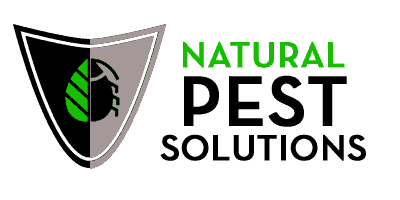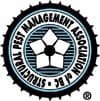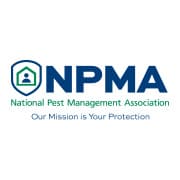San tan Pest control is used to eliminate unwanted creatures from homes. Usually the methods used include fumigation, extermination, insecticides, and traps. The methods used in pest control differ depending on the type of pest infestation. Read on to learn about the differences between the different types. This article covers the basic definitions and benefits of each. We’ll also discuss how each of these methods can benefit your home. Read on to learn about the many types of pest control available today.
Extermination is a crime against humanity, defined as the deliberate killing of an entire demographic group. This crime is codified in Article 7 of the Rome Statute of the International Criminal Court. The term is used to describe a number of wrongful acts of mass killing. An example of an extermination would be a war crime that results in the deaths of entire villages or even an entire civilization. It is often referred to as the Holocaust, but it is not necessarily a Nazi-era crime.
Fumigation is one of the most common methods of pest control, and it works by using chemicals that are dangerous to inhale. To ensure that the fumigants reach the pests’ underground tunnels, a fumigation process usually requires two or three days of accommodations. Some pest control companies provide pet-friendly accommodations. The area around the home will be covered by a tent, so any household plants will need to be relocated.
Insecticides are chemicals that are used in a variety of ways for controlling insect pests. While insects are essential for a healthy garden ecosystem, some pests can also damage plants. These insects are known as roaches, Japanese beetles, and ladybugs. Using insecticides that are designed for each specific pest can help prevent these problems. You can also use a targeted insecticide to eliminate pests at different stages in their life cycle.
One of the most common methods used for controlling a variety of pests is to use traps to catch insects. Glue traps are particularly dangerous because they can be inhumane and indiscriminate. Poison baited traps, on the other hand, can have serious consequences for unintended wildlife. For more information click Traps for pest control are often an effective method of controlling certain pests, such as thrips, but mass trapping is rarely sufficient to keep pest populations below economic damage thresholds.
The use of pathogens as biocontrols against aquatic weeds was unheard of until a groundbreaking proposal by Zettler and Freeman in 1972. The authors compiled a list of potential pathogens and proposed that these organisms could work the same way as other biocontrols. In the years that followed, water weed biocontrols have become commonplace. Here are some of the advantages of pathogens for aquatic weeds.
Natural methods of pest control are safe and nontoxic ways of controlling insects contact this pest control specialist . They use plants, flowers, and physical barriers to keep out insects. The benefits of natural pest control include no toxic side effects and increased crop yield. These methods work for many types of pests, including small insects, spiders, caterpillars, and even larger animals. Learn more about using natural pest control techniques for your home or business. Let us take a look at some of the best options.



